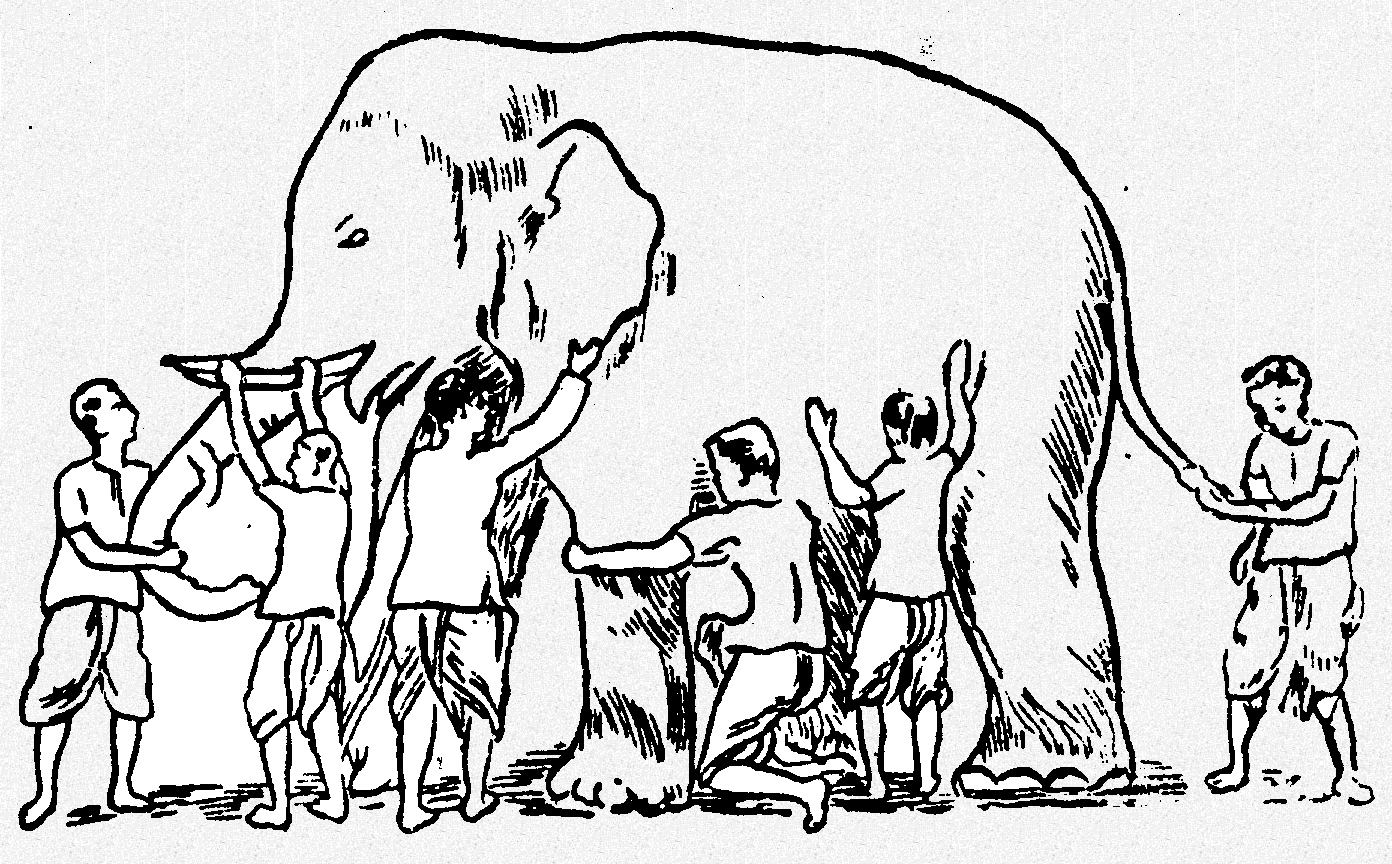Beware of a Half-Truth; It May Be the Wrong Half
How do you get to the heart of what’s true and meaningful to your constituents?
It’s very easy. It’s also very difficult.
The easy part is simply to listen. As the old adage goes, “you have two ears and one mouth; use them in that proportion.” Sadly, that’s also the difficult part. Because, too often, we think we know more than we do. So we don’t look too closely. We make a lot of assumptions. And assumptions lead to a closed door.
Too often we don’t genuinely invite response or commentary. So there is nothing for us to listen to. Opinion frequently trumps knowledge. We say “I know what our donors think and care about better than anyone.” Or the boss says “This is the way it’s going to happen. Period.”
Too often those around us let us get away with this sloppy, self-validating approach.
If you think this may be happening at your organization, read on to see why this can be so damaging to your long-term success.
Details







